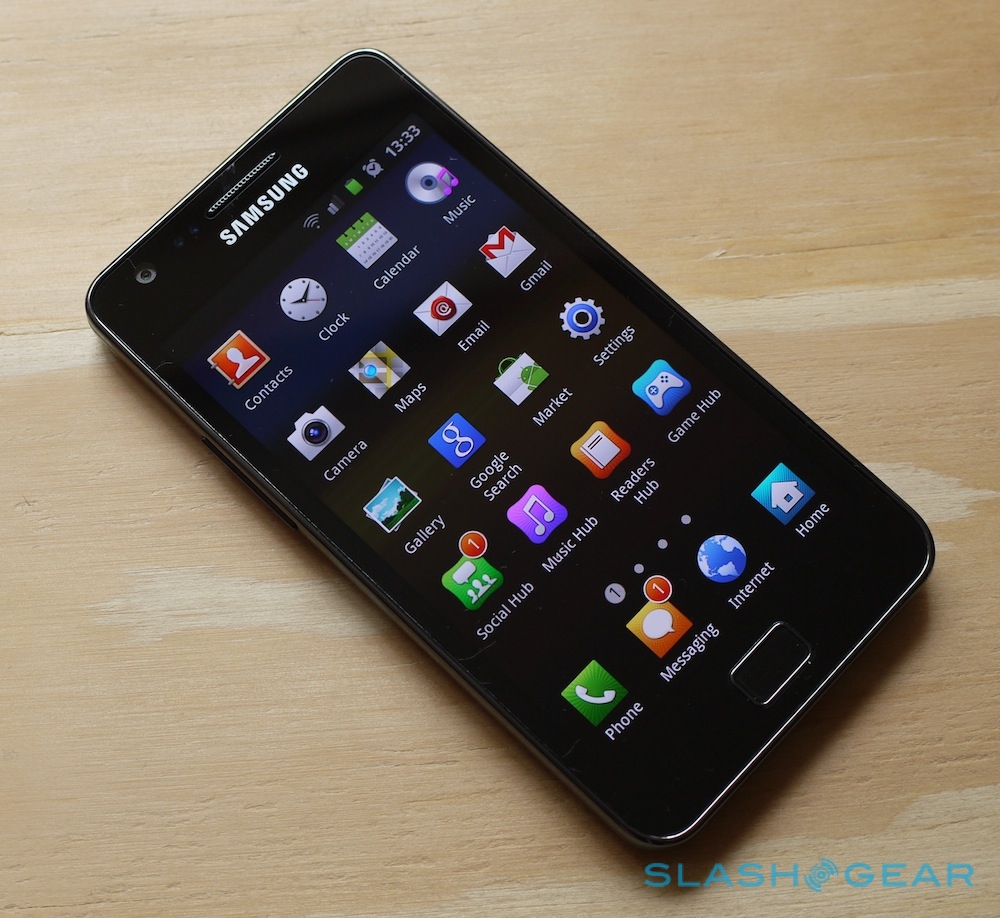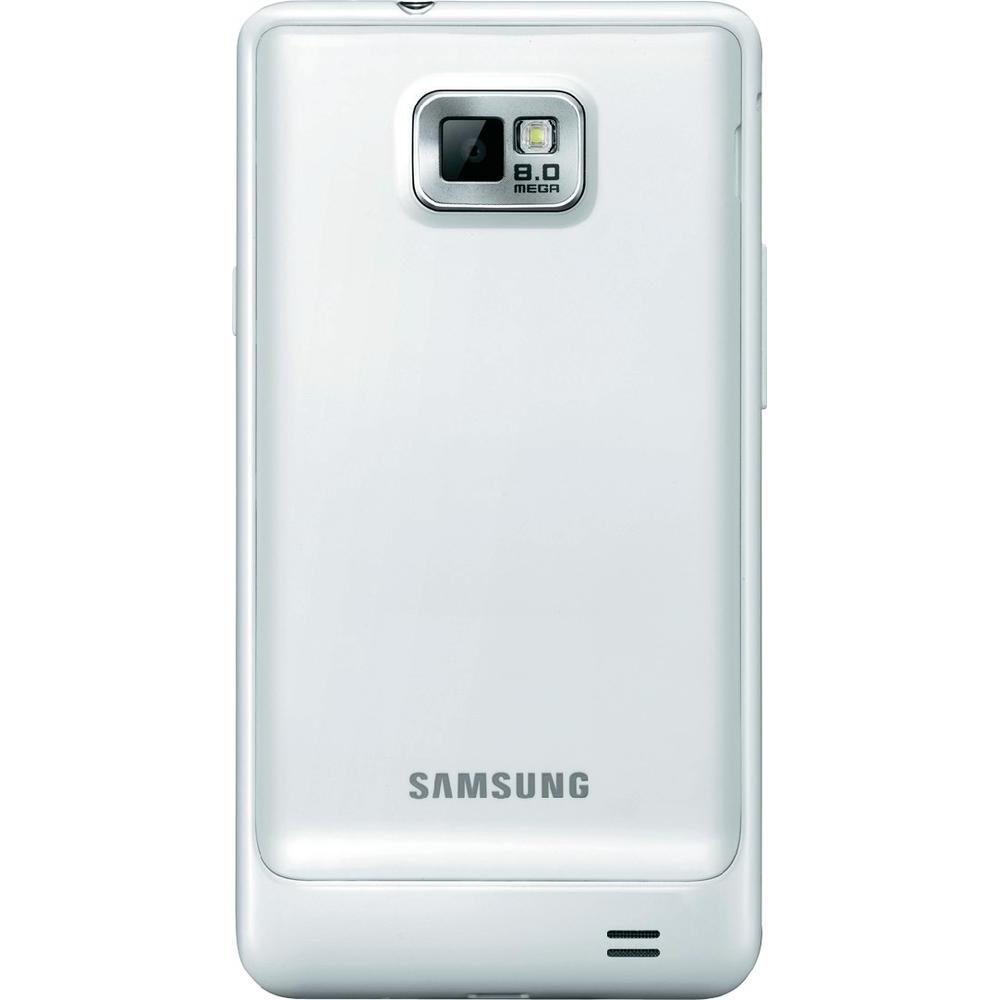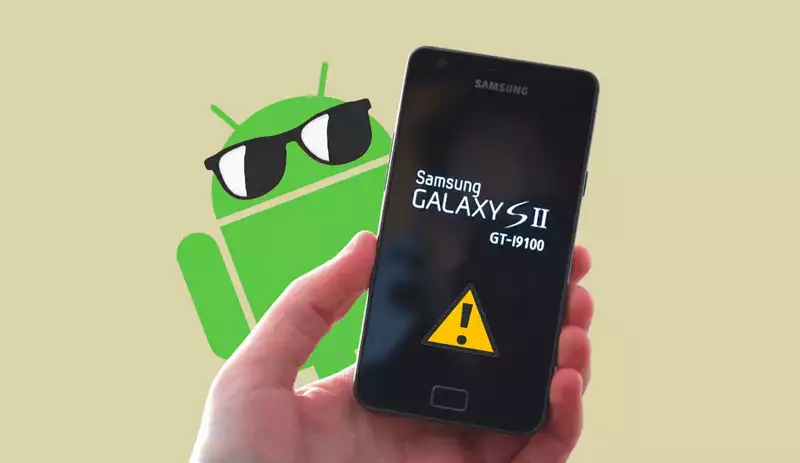samsung galaxy s ii stands as a pivotal moment in smartphone history, reshaping user expectations and experiences. Launched in 2011, this device not only showcased cutting-edge specifications for its time but also boasted a sleek design that appealed to a wide audience. Its combination of performance, camera capabilities, and user-friendly interface made it a standout choice among tech enthusiasts and casual users alike.
With a robust build quality and an eye-catching display, the Samsung Galaxy S II quickly became synonymous with innovation in mobile technology. It was a game-changer in terms of processing power and user interface, making it a favorite amidst its competitors during its peak. This smartphone set benchmarks for performance and usability that many would follow in the years to come.
Overview of Samsung Galaxy S II

The Samsung Galaxy S II was launched in 2011, quickly establishing itself as a flagship device that pushed the boundaries of smartphone technology at the time. This smartphone was designed to cater to the growing demand for high-performance mobile devices, equipped with cutting-edge features that appealed to a wide range of consumers. Its introduction marked a significant moment in the evolution of Samsung’s Galaxy line, solidifying its reputation in a competitive market.
The Galaxy S II boasted impressive specifications for its era. It featured a 4.3-inch Super AMOLED Plus display, known for vibrant colors and deep blacks, enhancing the user experience for multimedia consumption. Powered by a dual-core 1.2 GHz processor, it delivered smooth performance across applications and multitasking. With 1GB of RAM and storage options of 16GB or 32GB, expandable via microSD, users had ample space for apps, media, and documents. The device also came equipped with an 8MP rear camera capable of recording 1080p video, ensuring high-quality photography. Additionally, a 2MP front-facing camera catered to the rising trend of video calling.
Design Features and Build Quality
The design of the Samsung Galaxy S II encapsulated a mix of elegance and functionality. It was one of the slimmest smartphones of its time, measuring only 8.49mm in thickness, which made it comfortable to hold and carry. The front was dominated by the large display, while the back featured a textured finish that enhanced grip and reduced fingerprints. The overall build quality utilized durable plastic materials, which, although less premium than glass or metal, contributed to a lightweight design that appealed to many users.
The Galaxy S II’s design also included curved edges, which not only provided an aesthetic appeal but also improved ergonomics. Users appreciated the intuitive layout of buttons and ports, including the physical home button located below the display and the volume rocker on the side. The device was available in multiple color options, allowing users to personalize their smartphones according to their tastes.
Key Selling Points
Several key features contributed to the popularity of the Samsung Galaxy S II at its launch, making it a favorite among consumers and critics alike. These aspects encompassed the following:
- High-Quality Display: The Super AMOLED Plus technology provided stunning visuals that attracted users looking for rich media experiences.
- Powerful Performance: The dual-core processor allowed the device to handle demanding tasks and applications smoothly.
- Lightweight and Slim Design: Its sleek profile coupled with a lightweight design made it a favorite for those who valued portability.
- Versatile Camera Features: The capability to capture high-resolution images and videos appealed to photography enthusiasts.
- Expandable Storage: The support for microSD cards offered users flexibility in managing their storage needs.
The combination of these features established the Samsung Galaxy S II as a benchmark for future smartphones and solidified Samsung’s position in the market, paving the way for subsequent innovations in the Galaxy series.
Performance Analysis
The Samsung Galaxy S II marked a significant leap in smartphone technology at its release. Featuring robust hardware specifications, it was designed to handle a variety of applications and multitasking scenarios that were emerging at the time. Understanding its performance helps to appreciate the device’s place in the evolution of mobile technology.
The Galaxy S II is powered by a dual-core Exynos processor clocked at 1.2 GHz, coupled with 1 GB of RAM. This combination was highly competitive for its time, enabling a smooth user experience across various applications and multitasking environments. The device’s performance in day-to-day usage was generally exceptional, as it could efficiently run demanding apps, games, and multimedia content without noticeable lag.
Real-World Usage Scenarios
In real-world usage, the Samsung Galaxy S II excelled in several areas. Users experienced remarkable fluidity when navigating the Android interface, launching applications, and switching between tasks. The following points illustrate its performance in practical scenarios:
- Multitasking: The dual-core processor allowed users to run multiple applications simultaneously, such as streaming music while browsing the web or using social media platforms, without significant slowdowns.
- Gaming: Popular games of the time, such as “Angry Birds” and “Fruit Ninja,” ran smoothly on the device, showcasing its ability to handle intensive graphical content.
- Media Consumption: The S II’s vibrant Super AMOLED display enhanced video and photo viewing experiences, making it a preferred choice for streaming content or viewing high-resolution images.
Comparative Performance with Contemporaries
When comparing the Samsung Galaxy S II with its contemporaries, it stands out favorably against other flagship devices released in 2011. Notable competitors included the HTC Sensation and the Motorola Atrix, which had similar hardware specifications but varied in performance efficiency.
| Device | Processor | RAM | Performance Notes |
|---|---|---|---|
| Samsung Galaxy S II | Exynos 4210 Dual-core 1.2 GHz | 1 GB | Exceptional multitasking and gaming performance. |
| HTC Sensation | Qualcomm Snapdragon S3 Dual-core 1.5 GHz | 1 GB | Good performance but slightly behind in UI fluidity. |
| Motorola Atrix | NVIDIA Tegra 2 Dual-core 1 GHz | 1 GB | Lagged in intensive tasks compared to S II. |
The comparative analysis highlights that the Galaxy S II not only matched but often exceeded the performance of its rivals, particularly in multitasking scenarios and gaming. This capability solidified its status as a leading smartphone in the market during its time.
Camera Features

The Samsung Galaxy S II marked a significant advancement in smartphone photography when it was released in 2011. With its impressive camera specifications and features, it set a new standard for mobile photography at the time. The device featured an 8-megapixel rear camera with autofocus, LED flash, and the ability to record videos in 1080p resolution. These capabilities were a game-changer for users who sought high-quality images and videos from their mobile devices.
The camera hardware of the Galaxy S II was complemented by a range of software enhancements that further improved its photography capabilities. The device included features such as face detection, smile detection, and various scene modes, which allowed users to take optimal photos in different lighting conditions. Additionally, the front-facing camera, although lower in resolution at 2 megapixels, provided users with the option for video calls and self-portraits, making it a versatile choice for various photography needs.
Camera Specifications
Understanding the specifications of the Galaxy S II camera provides insight into its capabilities. The key specifications included:
- 8 MP primary camera with autofocus and LED flash
- 2 MP front-facing camera for video calls
- Supports 1080p video recording at 30 frames per second
- Image capture at a resolution of 3264 x 2448 pixels
- Features including panorama, smile detection, and geo-tagging
These features collectively enhanced the user experience by allowing for versatility in capturing moments, regardless of the environment.
Photo and Video Quality Comparison
When comparing the photo and video quality of the Samsung Galaxy S II with its contemporaries, it becomes evident that it stood out in a crowded market. Competing devices of its era, such as the iPhone 4 and HTC Sensation, offered comparable features, but the Galaxy S II often delivered sharper images and vibrant colors. The following points highlight the comparative strengths:
- The Galaxy S II’s 8 MP camera produced detailed images with minimal noise in well-lit conditions.
- Video recording capabilities, especially at 1080p, were superior to many other smartphones, which often only offered 720p.
- While the iPhone 4 had a slightly better color balance, the Galaxy S II excelled in low-light performance with its fast lens and effective flash.
- Compared to the HTC Sensation, the Galaxy S II provided faster autofocus and less shutter lag, allowing for spontaneous photography.
These advantages made the Galaxy S II a preferred choice for photography enthusiasts and casual users alike.
Influence on User Experience and Photography Standards
The camera capabilities of the Samsung Galaxy S II significantly influenced user experience and set new photography standards in the smartphone market. By offering a combination of high-resolution images, video recording quality, and user-friendly features, it empowered users to capture and share their lives in greater detail. The integration of features like face detection and various shooting modes simplified the photography process, making it accessible to users of all skill levels.
The high-quality output of the Galaxy S II’s camera contributed to the growing trend of mobile photography, encouraging users to replace traditional cameras with their smartphones. As a result, social media platforms began to see a surge in photo sharing, with many users opting for mobile photography as their primary means of capturing memories. This shift not only elevated the expectations for smartphone cameras but also established a new norm in visual storytelling, paving the way for future innovations in smartphone photography technology.
Software and User Interface: Samsung Galaxy S Ii

The Samsung Galaxy S II runs on the Android operating system, initially launched with Android 2.3.4 Gingerbread. This iteration of Android was significant for its performance enhancements and user-friendly features. The device has since been updated to later versions, reflecting the ongoing commitment to improving user experience through software evolution.
The user interface of the Galaxy S II is built on Samsung’s TouchWiz framework, which adds distinctive elements and customization features to the core Android experience. Users have access to various widgets, themes, and the ability to personalize their home screens extensively.
Operating System Features
The Android 2.3.4 Gingerbread operating system brought several notable features to the Galaxy S II:
- Improved Performance: Optimized for speed and responsiveness, enhancing multitasking capabilities.
- User-Friendly Interface: Introduction of a more intuitive layout, making navigation seamless for users.
- Enhanced Notifications: Streamlined notification bar for better access to alerts and updates.
- Support for VoIP: Integration of Voice over IP services improving the range of communication options available.
The software updates beyond Gingerbread, including Ice Cream Sandwich and Jelly Bean, further improved user interactions and introduced features like Project Butter for smoother performance and Google Now for personalized information delivery.
User Interface Customization
Samsung’s TouchWiz user interface provides a variety of customization options that enhance the user experience:
- Widgets: Users can add a plethora of widgets to their home screens, offering quick access to apps, news, and weather updates.
- Themes: A range of themes allows users to change the aesthetic of their device, from icons to backgrounds.
- Home Screen Layouts: Flexible home screen arrangements enable users to organize apps and widgets as they prefer, improving accessibility.
- App Drawer Customization: Users can modify the app drawer to display frequently used applications prominently.
This level of customization allows users to create a unique device experience that fits their individual style and usage patterns.
Impact of Software Updates, Samsung galaxy s ii
Software updates play a crucial role in enhancing the functionality and user experience of the Galaxy S II. These updates not only introduce new features but also address security vulnerabilities and improve overall system stability. The impact of these updates can be summarized as follows:
- Feature Enhancements: Updates often bring new functionalities, such as better camera controls and improved battery management.
- Security Improvements: Regular updates ensure that the device is protected against the latest security threats, enhancing user trust.
- Performance Optimization: Updates can help refine system performance, reducing lag and improving responsiveness.
- Third-Party App Compatibility: Ensuring that popular applications continue to run efficiently as new software is released.
These updates are vital for maintaining the device’s longevity and ensuring that users enjoy a smooth and secure experience over time.
FAQ Explained
What year was the samsung galaxy s ii released?
The samsung galaxy s ii was released in 2011.
What is the screen size of the samsung galaxy s ii?
The screen size of the samsung galaxy s ii is 4.3 inches.
Does the samsung galaxy s ii support expandable storage?
Yes, the samsung galaxy s ii supports expandable storage via microSD card.
What operating system did the samsung galaxy s ii originally run?
The samsung galaxy s ii originally ran on Android 2.3 Gingerbread.
How many megapixels does the camera of the samsung galaxy s ii have?
The samsung galaxy s ii features an 8-megapixel rear camera.
The Samsung S9 Plus remains a strong contender in the smartphone market, boasting impressive camera technology and a sleek design. Its ability to handle multitasking and high-performance gaming makes it a favorite among tech enthusiasts. This model exemplifies Samsung’s commitment to innovation and user experience, ensuring it stands out even in a competitive landscape.
Meanwhile, the Samsung Galaxy Note10 takes the experience further with its versatile S Pen and stunning display. Designed for productivity without compromising style, it caters to professionals and creatives alike. The Note10’s features enhance both work and play, solidifying its position as a top choice for those seeking a powerful and stylish device.